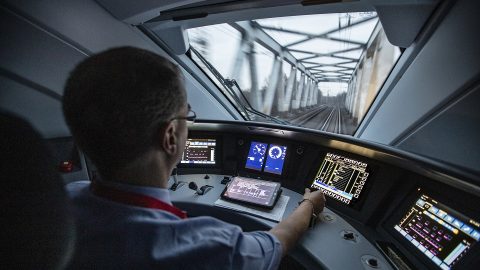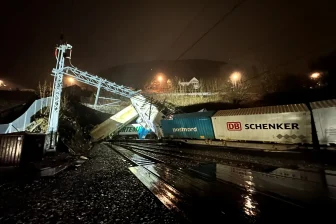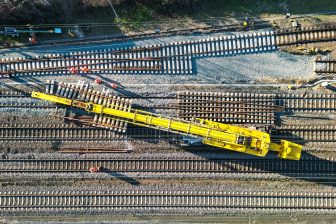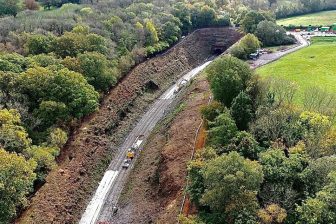
Signalling and ERTMS: what is inside?
DB train driver inside ICE4 cab (Photo: Deutsche Bahn) Deutsche Bahn (DB)
The second course of the RailTech Academy was dedicated to a very important topic for the rail industry such as signalling and ERTMS. Jean Rousseau, the railway engineer at IKOS Consulting, has provided detailed explanations to both issues including their origins, purposes, components, features and prospects.
Want to read more?
You have read all of your free premium articles for this month. Please become a subscriber to keep reading.
Subscribe now!
Take advantage of our exclusive offer to get full access to all premium content.




I think there is a mistake in the post. DMI is the interface between the human and the train. It interprets data that comes from the train into a language understandable by humans. I think Driver Man Interface doesn’t make any sense, it should be Drive Machine Interface.
Hi Mathieu, good point. But when zooming into details: it’s also not the interface between human and train, but the (operational) interface between driver and ETCS. The train is the object that is operated directly by the driver, with the help & safety of ETCS.
Ofcourse you can see ERTMS/ETCS as a fully integrated subsystem within the train, but actually this is not a common approach in ERTMS, because in chapter ‘Basic System Description’ of the SRS, the object ‘train’ is simply the bare train.